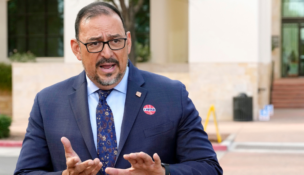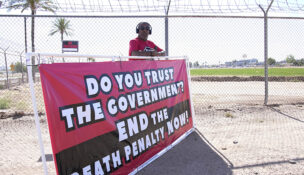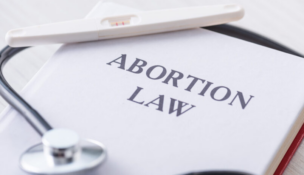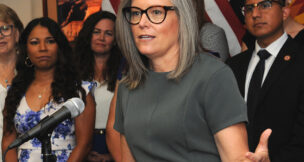Legislature faces new lawsuit over money for school construction
Howard Fischer, Capitol Media Services//May 24, 2016//[read_meter]
Legislature faces new lawsuit over money for school construction
Howard Fischer, Capitol Media Services//May 24, 2016//[read_meter]
Just as one lawsuit on education funding is being settled, state lawmakers face a new one, this one over what challengers say is their failure to build and maintain public...
















